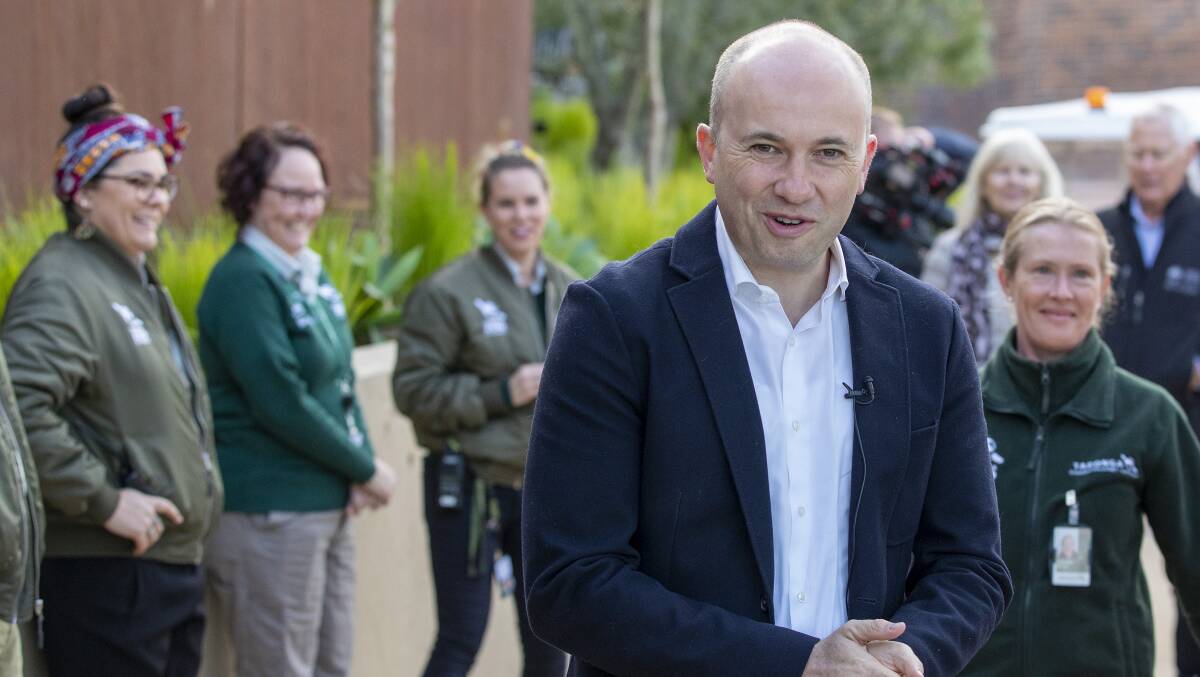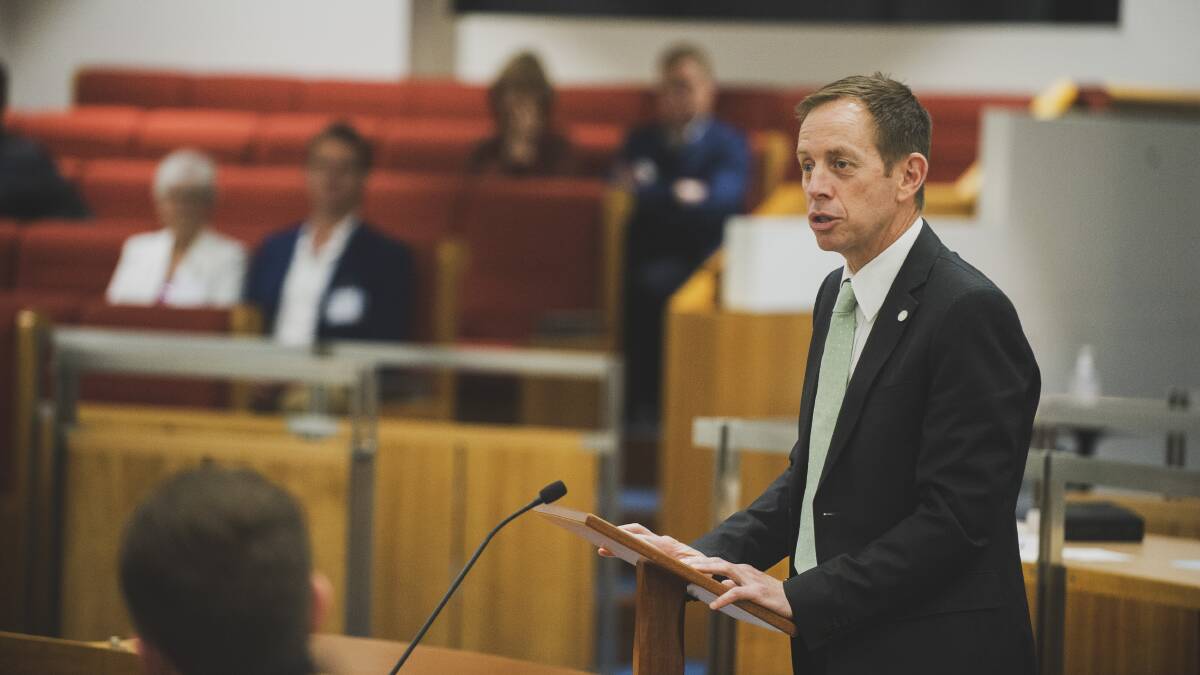
It's 2020, and there has been a shift in the balance of power. Not in the Senate, but between the federal government and the states.
Subscribe now for unlimited access.
$0/
(min cost $0)
or signup to continue reading
All last summer during the bushfires - while the Prime Minister was infamously not holding a hose - it was the premiers and chief ministers who were right beside emergency services leaders, working to keep people safe and informed.
When the pandemic hit, it was the state leaders who took the lead again. Shutting down state borders early, enforcing strict COVID-19 rules, and appearing beside their chief health officers each day to update the public on the number of cases, the number of cases with unknown sources, and on new restrictions.
While none of us were in the national cabinet's Zoom meetings, from the outside it appeared that the differing responses of state and federal governments were driven by two different primary concerns. For the Prime Minister it was the economy; for the premiers and chief ministers it was hospital intensive care units being overrun. This tension makes sense, given the states run the hospitals and the federal government has the biggest economic levers at its disposal (and had already congratulated itself on a budget surplus for May 2020).
For a brief time, the national cabinet gave us a glimpse into a world where our leaders worked co-operatively, if not in consensus 100 per cent of the time, and genuinely seemed to be putting the public good ahead of party politics.
The bushfires, and then the pandemic, elevated the state premiers and chief ministers to the national stage, putting them on equal footing with the Prime Minister. During the course of the year they proved themselves willing to go it on their own when necessary, something voters seemed to approve of wholeheartedly.
And in recent months, state governments have stepped in to lead on another huge public policy issue where the federal government has failed: climate change. Federal Energy and Emissions Reduction Minister Angus Taylor has achieved little except to spruik a "gas-led recovery" and complain there's too much wind and solar in the grid. The federal government has done nothing but weaken Australia's clean energy investment infrastructure and prop up gas and coal-fired power, sending mixed signals to the market and effectively stalling any progress.

In contrast, every state and territory has a net-zero emissions by 2050 policy, if not better - like the ACT's 2045 policy - and state Coalition gvernments now have some of the most ambitious climate plans in the country. With the UN Climate Summit scheduled for Saturday evening, it is the states, not the federal government, that have been noticed for their climate ambition.
The NSW Energy and Environment Minister, Matt Kean, has achieved what his federal counterpart could not: unite the Liberals, Nationals, Labor, Greens, and most of the crossbench to pass a massive clean energy package, expected to drive $32 billion of investment in private renewable energy infrastructure, support up to 12 gigawatts of new wind and solar generation plus two gigawatts of storage, and generate 6300 construction jobs and 2800 ongoing jobs over the next 10 years.
Kean told The Australia Financial Review's Energy and Climate Summit: "I'm not here to support vested interests. I'm here to support the community interest and that's exactly what this policy does ... I'm here to put consumers first."
Here in the (100 per cent net renewable) ACT, minister Shane Rattenbury welcomed the competition from NSW, observing that the NSW plan to electrify its entire fleet of 8000 buses by 2030 beats the ACT's 2040 target for ambition.
"I'm all for competition on climate change action!" said Rattenbury. "NSW's efforts will increase the volume of electric buses, help drive down prices, and benefit the ACT as we transition our own bus fleet to emissions-free. Our two governments may also be able to co-operate, and we may be able to move our ACT target forward."
READ MORE:
In January this year, if you had told me I'd be watching a Greens minister publicly championing the climate policies of a Liberal minister I'd have laughed right in your face. But here we are. And it's maybe the most hopeful I've felt about climate change all year.
Unfortunately, the states are flexing other muscles they haven't used in a while too. Victoria's Treasurer has secretly drafted up plans for an electric vehicle tax, despite warnings it could discourage the uptake of EVs and slow greenhouse gas cuts. Moves like this, also on the cards in South Australia and NSW, will make it harder for each jurisdiction to meet its net-zero targets for 2050, given Australia's transport sector accounts for 18 per cent of annual emissions.
The road bill, like most services, is covered from consolidated revenue which we all contribute to, including of course EV drivers. If the Victorian Treasury had recommended moving to road user charges for all vehicles, including heavy trucks that do the most damage to our roads, well that's a debate worth having. But the current proposal is an ineffective cash grab punching down on the handful of early adopters of EVs and driving up transport emissions.
And while the Federal Parliament is contemplating devolving its EPBC powers to states, it's worth considering that if state governments always had their way, Australia may no longer have a pristine Great Barrier Reef or Daintree Rainforest, and the Franklin River would not run free.
Sometimes states' interests are not in the national interest, and perhaps the premiers and chief ministers will fade from the national stage. But in the meantime, as Shane Rattenbury says, a little extra competition is good for the Prime Minister and the nation.
- Ebony Bennett is deputy director at progressive think tank The Australia Institute and a regular columnist. Twitter: @ebony_bennett.

